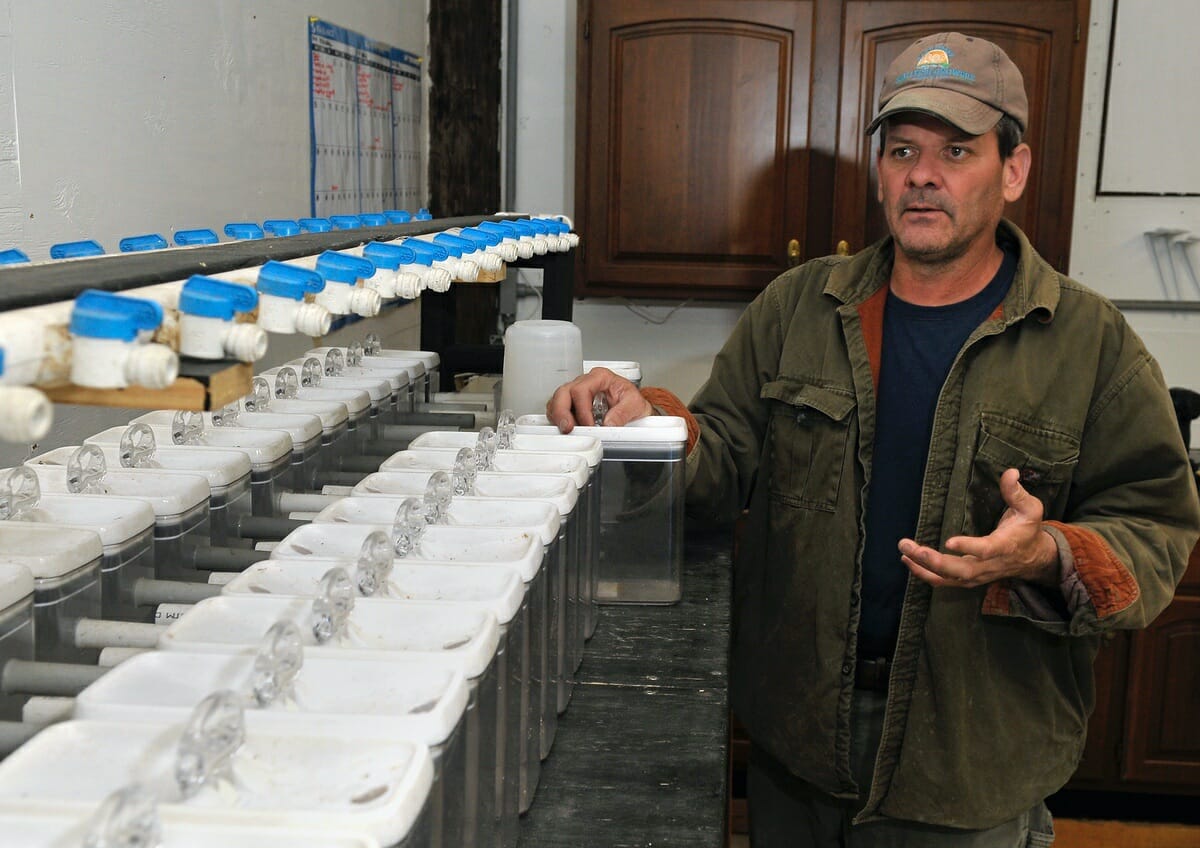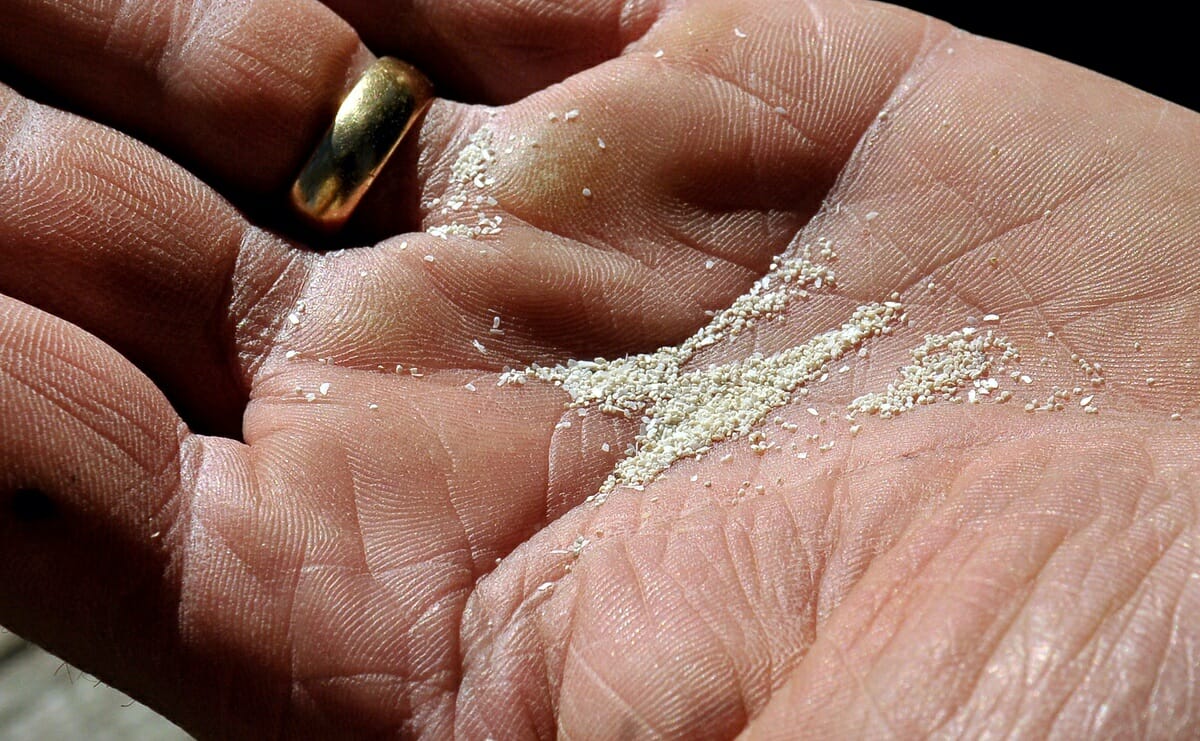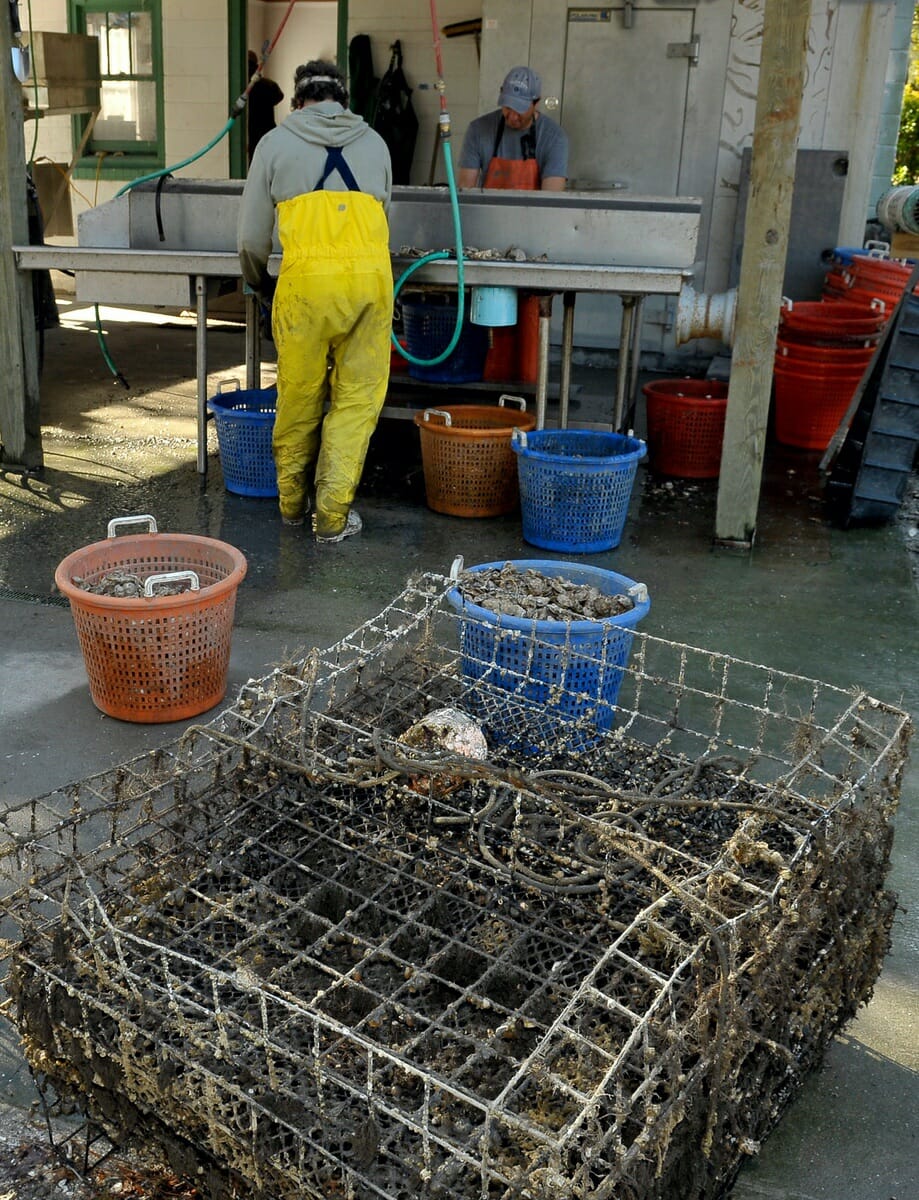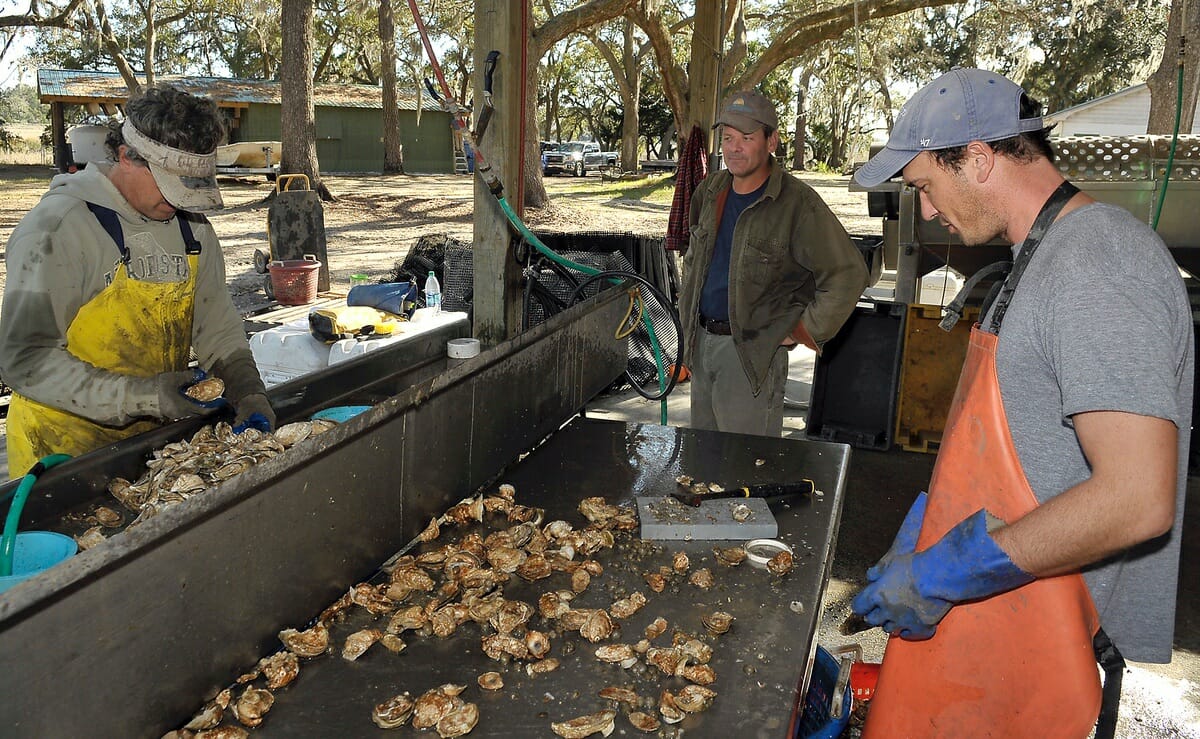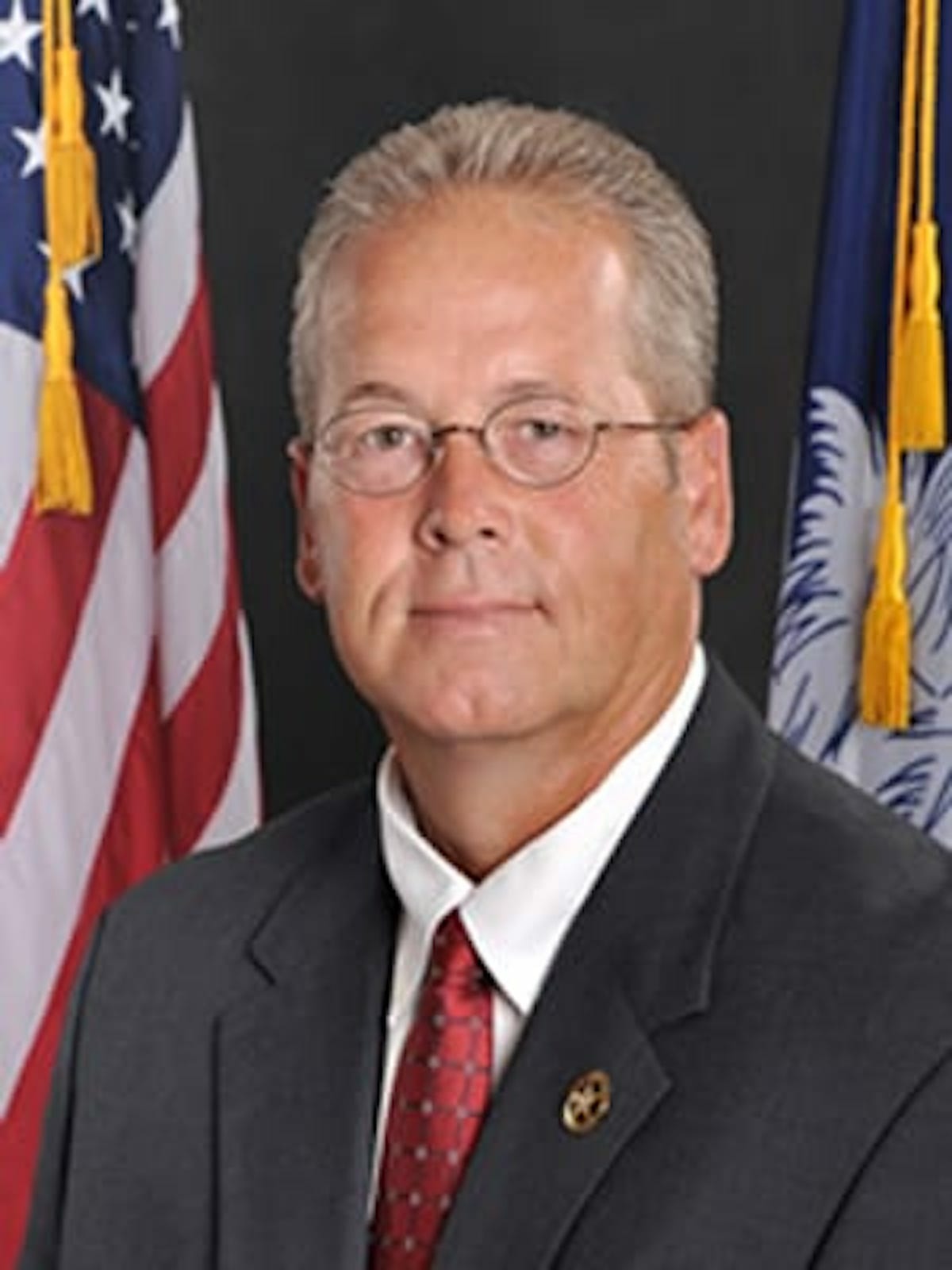Photo above: Frank Roberts, center, watches as as two employees sort oysters destined for a restaurant dinner plate in the Lowcountry. Photos by Bob Sofaly.
By Kat Walsh
As locals know, oysters have traditionally only been available during months with an “r” in them. But that’s about to change.
This will be the first year in which local oysters will likely be available year-round, bringing millions of dollars into the county economy.
It’s exciting news, but it begs the question, why now? And how?
Legislatively, it all began in our own backyard. Two local politicians, Reps. Bill Bowers and Shannon Erickson, wrote and co-sponsored a bill to allow local oyster farming year-round. The SC Department of Environmental Control has OK’d the plan and it is expected to pass the legislature.
Local oyster farms have long been advocating for summer harvest, as do customers who continue to crave them. After all, even though oysters were not harvested here in the summer, plenty are consumed.
The problem is they come from out of state, meaning the resulting business and profit went out of state.
“Right now, restaurants in South Carolina are paying for out-of-state oysters during the summer,” said Frank Roberts, who owns Lady’s Island Oyster Farm and which supplies dozens of restaurants with oysters, including Old Bull, Saltus and Wined it Up.
“By allowing for a safe and year-round oyster supply, we are keeping South Carolina money – and jobs – in South Carolina,” he said.
Resource-wise, there’s room for the growth as well.
“Our fisheries are pretty much maxed out in terms of growth potential,” said Mel Bell, the SC Department of Natural Resources director of Fisheries Management. “The mariculture industry and way of farming is where there is room for growth.”
Clam mariculture has been taking place here for years, but the market is dominated by Florida and other Gulf states.
“Specifically, the area in South Carolina with the most growth potential is the oyster mariculture industry,” he said.
The move makes sense from a business perspective as well.
“At the end of the day, this is a $40 million industry in other states,” said Catherine Templeton, former head of the SC Department of Health and Environmental Control. “Our oyster farmers are losing millions every summer.”
Oysters: An overview
A little oyster education goes a long way in explaining how summer harvest will work both effectively and safely.
The oysters in South Carolina and Georgia are unlike other oysters. Everywhere else, oysters are subtidal, meaning they are constantly submerged in water. South Carolina and Georgia oysters are intertidal; they are exposed to air twice a day during tidal changes.
“When air hits the oyster, it closes,” Bell explains, “and starts serving as a little incubator of whatever is inside, especially during the hot summer months.”
Roberts has been harvesting mariculture oysters for a decade. He compares what happens to a closed oyster in the sun to mayonnaise. “Do you really want to be eating potato salad that has been sitting outside for five hours on a hot August day?”
As far as what could be baking inside that oyster, there are two types of naturally occurring but harmful bacteria found in our warm coastal waters: Vibrio vulnificus and Vibrio parahaemolyticus. The former can be deadly; the latter can be uncomfortable. Or as Roberts explains, “one can put you in the ground, the other can put you on the toilet.”
Mariculture oysters (oysters grown by farmers in cages) are entirely different than wild oysters. In effect, mariculture takes our intertidal oysters and makes them subtidal. And safer.
Because a mariculture oyster is continually submerged, it is never exposed to air. It is always open and pumping.
New harvest rules
With this new opportunity comes new concerns and new responsibilities.
“In the 110 years of fisheries in South Carolina, we have never allowed summer harvest,” said Bell.
As a result, DHEC and DNR has have never had to track oyster fisherman in the summer. Until now.
“What we put in place in terms of regulatory measures needs to be extremely tight to manage the human health risks,” said Bell.
Addressing these new concerns, DHEC and DNR worked together to establish a new health standard for how summer oysters are harvested. “We looked at the science and what other states are doing,” said Templeton. The proposed rules state that oysters must be harvested in the early morning, be in mechanical refrigeration by 10 a.m., and be down to 50 degrees within 2 hours.
“Once you touch that oyster, the clock starts,” said Roberts.
“Louisiana, the biggest oyster growing state, allows 6 hours – and their waters are warmer than ours. So in South Carolina, we are more stringent than the warmest biggest oyster-growing state in the nation. I think we’ve got it covered,” said Templeton.
Bell said that by April, “it all comes together in a fashion that we can have a safe fishery, a safe product and safe resources.”
“There’s a lot at stake at here,” Roberts said. “And you get only one time to make a first impression.”
